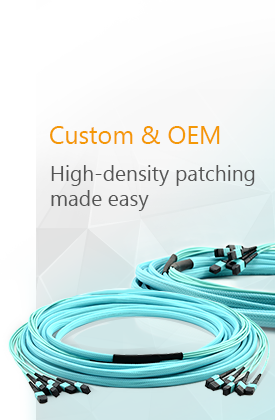The global fiber optic market is undergoing rapid transformation, driven by the surge in 5G deployments, data center expansions, and AI-driven infrastructure projects. As demand for bandwidth-intensive applications escalates, manufacturers of fiber splitter production lines face mounting pressure to enhance precision, reduce costs, and scale production efficiently. This article explores the technological advancements and strategic optimizations reshaping this critical sector.
1. The Evolution of Fiber Splitter Manufacturing
Traditional fiber splitter production relied heavily on manual assembly and fused biconical taper (FBT) technology, which struggled to meet modern requirements for uniformity and miniaturization. The introduction of Planar Lightwave Circuit (PLC) splitters revolutionized the industry by enabling mass production of compact, wavelength-insensitive devices. Today’s production lines integrate automated coupling systems that achieve sub-micron alignment accuracy, critical for maintaining insertion loss below 0.2 dB across the 1260–1650 nm spectrum.
2. Key Technologies Driving Production Efficiency
- PLC Chip Fabrication: Semiconductor-grade photolithography processes now etch precise waveguide patterns onto silica substrates, enabling split ratios from 1×2 to 2×64 configurations.
- Automated Fiber Array Alignment: Six-axis robots equipped with laser power feedback systems ensure 99.9% coupling efficiency between PLC chips and fiber arrays.
- Epoxy Curing Systems: UV-LED curing chambers reduce bonding time from hours to minutes while maintaining thermal stability across -40°C to +85°C operating ranges.
3. Overcoming Production Bottlenecks
While PLC splitters dominate high-channel-count applications, manufacturers face challenges in maintaining yield rates above 98%. Advanced lines now employ:
- Machine Vision Inspection: AI-powered systems detect micro-bends in fiber arrays with 2μm resolution.
- Real-Time Process Monitoring: IoT sensors track temperature/humidity fluctuations during epoxy curing, preventing thermal stress-induced failures.
- Modular Design Architecture: Quick-change tooling systems reduce setup times by 65% when switching between product variants.
4. Market Demand Drivers
Geographic shifts in network infrastructure investments are reshaping production strategies:
- North America: FTTH projects in rural areas drive demand for compact cassette-type splitters with pre-terminated connectors.
- Asia-Pacific: 5G fronthaul deployments require ruggedized tray-type splitters capable of withstanding harsh outdoor environments.
- Europe: Data center interconnections favor rack-mountable solutions with integrated monitoring ports.
5. Future-Proofing Production Lines
Emerging trends demand adaptive manufacturing capabilities:
- AI-Driven Quality Control: Deep learning algorithms analyze power meter readings to predict component degradation patterns.
- Sustainability Initiatives: Lead-free soldering and recyclable packaging reduce carbon footprints by 30% compared to 2020 baselines.
- Silicon Photonics Integration: Hybrid PLC-silicon platforms enable co-packaging with transceivers, critical for 800Gbps+ coherent systems.
6. Case Study: T&S Communication’s Smart Factory
Leading manufacturer T&S Communication exemplifies modern production excellence through:
- In-House PLC Chip Production: Vertical integration reduces lead times by 40%
- Automated Test Regimes: 100% functional verification using swept-wavelength sources covering C+L bands
- Custom Engineering Services: Design flexibility supports unique requirements like MIL-SPEC compliance for aerospace applications
Conclusion
As optical networks evolve toward 400Gbps and beyond, fiber splitter production lines must balance conflicting demands for higher density, lower cost, and stricter quality standards. Manufacturers investing in automated precision engineering, AI-enabled process control, and modular production systems will dominate this high-growth sector.
For more info about Fiber Splitter Production Line innovations, please visit our official website:



